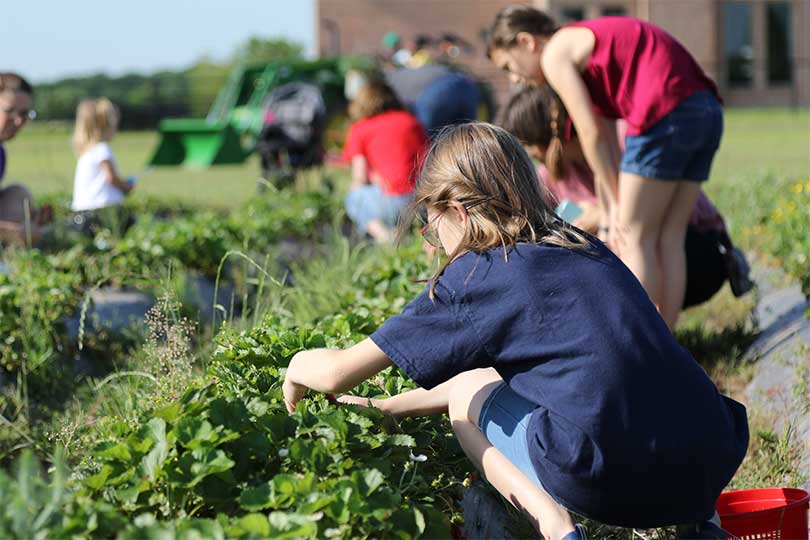By Jennifer Dorsett
Field Editor
As the U.S. population grows increasingly urban, agritourism continues to be one of the biggest ways people interact with agriculture.
Agritourism can provide many benefits for farms and even the surrounding community.
Agritourism is defined as “an enterprise at a working farm, ranch or agriculture plant conducted for the enjoyment of visitors that generates income for the owner.” This may include a pick-your-own farm, tours of a working ranch, hunting excursions, hay rides or other interactive experiences.
Operations that offer agricultural experiences for relaxation or learning generate additional revenue, and agritourism can help others learn more about agriculture and preserve agricultural heritage.
In addition to providing additional income opportunities, many farmers and ranchers find exhibiting their operations to others to be a rewarding experience.
The U.S. Department of Agriculture’s (USDA) latest Census of Agriculture found agritourism revenue more than tripled between 2002 and 2017. Census data revealed large ranches with cattle or horses are most likely to have agritourism income, but that doesn’t mean livestock is the only way to attract visitors.
Grapes, fruit and nut orchards and specialty livestock farms—all viable options in Texas—were found to generate high levels of agritourism revenue. This is most likely due to the multiple opportunities for human interaction and visitor engagement, which attracts more visitors, according to USDA.
USDA also found being located near natural amenities or near other outdoor activities had a positive impact on agritourism. Farms and ranches near state or national parks, popular tourist towns and other attractions may have greater odds of success.
As well as providing income to farmers and ranchers, agritourism ventures can offer employment opportunities for residents and boost restaurant, lodging and shopping revenues in the area.
While it may seem like a big undertaking, there are resources available for interested farmers and ranchers considering the option.
Texas A&M AgriLife Extension Service has information available online through its Nature Tourism Development division that may be useful when beginning an agritourism venture.
Texas law offers protections for landowners who undertake agritourism activities on their land, and Texas Farm Bureau offers agritourism liability signage for a small fee that meet the statute requirements.
Future studies will help identify agritourism best practices, keys to success or barriers to growth. More research is necessary to identify rural economic development benefits, but preliminary data is promising.

